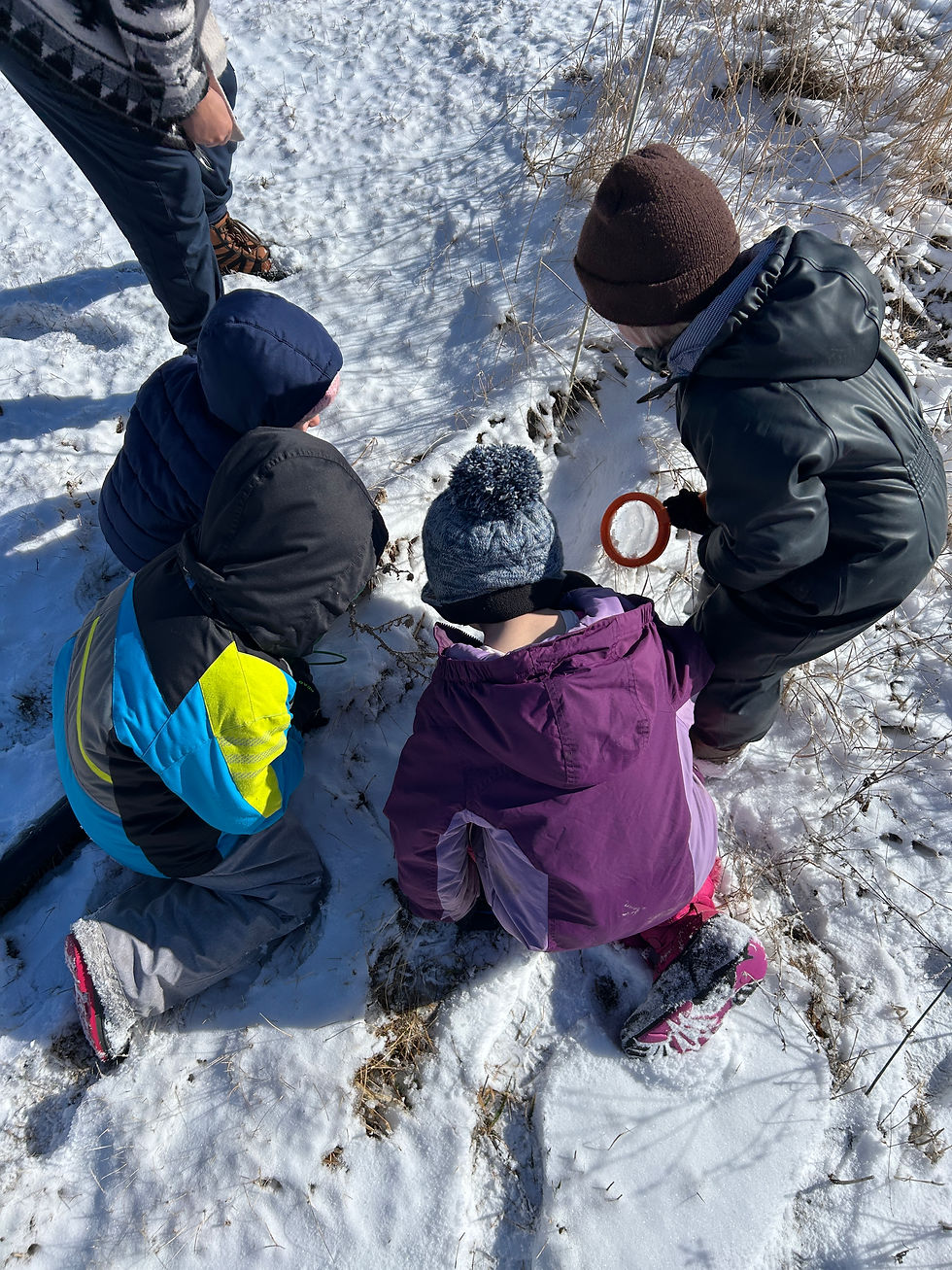Rs for Resilient Living: Repair
- Jenny Hill
- Apr 8, 2025
- 4 min read
In the list of the Rs--such as Reduce, Reuse, Refuse, Repurpose--Repair is a step many of us may not immediately think to take. Often I find that’s because it can be mysterious or frustrating to get something repaired.
This quote from Sierra Club states the problem beautifully: “As repair shops close, landfills expand. How did we get here? How can we change course?” Sierra Club’s article on planned obsolescence provides a lot of great background information into the current systems in society that make repair seem, if not downright impossible, less worthy of consideration.

Journalist J.B. McKinnon in his book “The Day the World Stops Shopping” has an entire chapter that covers planned obsolescence, tracing the development of things like LED bulbs. He quotes a materials scientist, David Enos, who specializes in product durability. “We have a mindset now where we buy things as inexpensive as possible,” Enos said. “Could we build a phone that would last ten years? No problem.” Enos goes on to say we have the technology to do that, but the dollar costs associated with that longer-lasting phone are higher–five to ten thousand dollars, Enos estimates.
When I first read this, I thought, “Well, I would totally do that–$5,000 for 10 years of phone life is only $500 per year.” Then I thought, “Oh. That is expensive.” Which is to say, it’s expensive for me. I paid $400 for my iPhone7 four years ago and I hope to use it for many more years. But I know people who have phones provided by their employers for about $500 per year.
More Than Money
Repair may be the right thing to do, even if it doesn’t immediately seem cheaper. There are other pieces to factor in.
If the new item has a cheap purchase price
Is the cheap purchase price because the new item is not well made/won’t last as long
Is someone else along the way paying the true cost of the item through unsustainably sourced raw materials or low wages for production
If the cost for repair seems expensive, consider
Is it worth it to be able to keep using this item (e.g., a perfect-fitting pair of shoes)
The expense in time and money of disposing of the old item and purchasing a new one
Does repair support a local business person (e.g., a repair shop or part supplier)
Shoes and Other Soft Goods
When my favorite pair of shoes gets a hole, I always think of repairing them. But for other breakdowns, like the hole in the down comforter or the broken snowshoe binding, repair is never my first thought.
Part of the reason may be I am much more attached to my favorite pair of shoes while the down comforter and the snowshoes are things that only get seasonal use. Also, I don’t know, offhand, where to get a down comforter or broken binding fixed. But I have driven by (and driven to) shoe repair shops in almost every town I’ve lived in.
If you live in the Northern Lakes region, I can recommend Harting Shoe Repair in Brainerd. For those in the Driftless, I found a listing for Dan’s Shoe Repair in LaCrosse, Wisconsin.
An informal poll of co-workers confirmed that shoes often get repaired at local shoe shops (see resources at the bottom). And that some national brands, like Red Wing and Chaco, repair their products–check out the website of a brand to learn more!
Other co-worker stories involved tailor shops repairing zippers in down vests and pillow repair. If you don’t know of a local tailor shop, it can be useful to check with a local dry cleaner who may have in-house or a referral service. Also, local hardware stores can have some great connections–maybe even a good old bulletin board with business cards!
Fixing Everything Else
So what about all the other things around your home that might potentially be repaired? YouTube has a wealth of how-to videos and the ifixit website has manuals, videos, and decision trees to set you on the course of Do-It-Yourself. That site also has links to what we can do as individuals to make the stuff in our world more fixable–a grass roots effort, for sure!
Speaking of grass roots efforts, did you know there is a Minnesota Tool Library? It’s in the Twin Cities Metro area, but if you are inspired to see something like that in your community, it could be time to post your own query on a local bulletin board (or virtual bulletin board like Facebook).
A Place to Share Ideas and Resources
If this topic interests you, consider joining Change Exchange, the monthly discussion group that focuses on challenging sustainable living topics through reading, listening, watching, & exchanging ideas. The group now has hybrid meeting so you may participate in person or via Zoom! At the next meeting, December 13, the topic will be sustainable fashion--or why you might want to get your clothes repaired!. Click on the logo below for registration information and a list of resources!






Comments